Genre: Platformer Developer: Sega Ent. Publisher: Sega Ent. Players: 1 Released: 1995
The early debut of the Saturn in North America caught me completely unaware. After months of playing Panzer Dragoon, Virtua Fighter, and Daytona USA; I was not expecting to see a 2D platformer in stores. Most magazines at the time seemed more intent on hyping the oncoming 3D revolution as the direction the gaming industry would forever take, as though anything hand-drawn no longer had a place. Polygons were the future! Everything else was old hat, and the future would see this period as the glorious transition into the third dimension.
I have to say that things didn’t quite work out that way. While it’s true that gaming did steam full ahead into 3D, the early 32-bit era hasn’t quite held up all that well visually. A lot of the games looked rough even back then, and today they have not aged gracefully in the slightest. I adore the original Panzer Dragoon, but if ever there were a game screaming at the top of its lungs for a remastering, it’s that game.
It’s refreshing then, to see how well Astal looks almost a quarter-century after its release. To be honest, Astal was the kind of game I expected on the Saturn. Sega had all but mastered the art of 2D platforming on the Genesis, and there was little more that could be squeezed from that aging hardware. The Saturn, with its beefy processing, CD sound, and impressive effects, could take those games that made the Genesis so great to the literal next level. Astal looked like everything one would want in a next generation 2D platformer, and it felt like all those months of drought after the surprise launch were finally at an end. Saving Princess Leda and the planet Quartilia from the evil Jerado looked like one hell of a good time, and it gave me hope for the Saturn’s future.
How unfortunate it was that Astal turned out to be gases from Sega of America’s last generation meal, rising as one final burp at the 3D dinner table. The company would soon dive headfirst into mostly polygonal releases, and though there would be a few of the old games released here and there, 2D on the Saturn would become a niche category in the U.S. Obviously, none of this was apparent to me when I took home Astal on its launch day. All I knew was that I had something special, and I was filled with anticipation. If it played as good as it looked, then this was the kind of game you debuted to your friends only when as many of them as possible were gathered together. Silence the naysayers and show them the power of Saturn 2D gaming!
OK, perhaps Astal isn’t as good as all that. It definitely has its flaws. For one, it’s far too short, and even on the hardest setting, it doesn’t offer an hour of gameplay once you have the levels mastered. More importantly, it sticks to its 2D pedigree too heavily, placing most of its emphasis on graphics. The gameplay is simple and uninspired, and even the platforming elements in each stage are too basic for their own good. Another flaw is that the American version is more challenging than its Japanese counterpart (pretty odd, considering games are usually made easier when localized). Instead of five hit points and unlimited continues, the NA release has three hit points and a single continue.
Does that mean the game is bad? Not quite. Astal puts most of its charm into its style, and even after decades, the effect hasn’t faded. All those early 3D Saturn games are in dire visual shape today, but the hand-drawn, traditional art of Astal still shines like a bright star. The colors are still vibrant, the details are still clear and stylish, and the visual effects still look fitting for their stages (no examples of the developers shoehorning in effects to show off the hardware). I still find Astal to be one of the more beautiful Saturn games, and I really wish we had more opportunities to see this art style on the console.
The gameplay remains as simple as ever, but I find that it has actually benefited from gaming’s evolution over the years. Using only three buttons (one to attack, one to jump, and one to command Astal’s bird companion), the game is now refreshingly simple in an age of dual-analog sticks and multiple shoulder buttons. Astal is easy to pick up and play, and its side-scrolling stages, which were typical of their time, now benefit from the 2D renaissance that has gripped consoles and PC gamers. Perhaps more so now than even when it first debuted, Astal deserves to be played.
Overall, I would recommend Astal for those looking for a quality, traditional platformer on the Saturn. If one can look past its difficulty, short length, and limited gameplay, there is a really good game to be found. Few titles like it were released on the Western Saturn, meaning that one had to resort to importing to keep the fix for 2D gaming alive. Today, Astal sits on the lower end of the ridiculously expensive Saturn cost spectrum, making it an affordable title that deserves a place in every Sega fan’s library.
SCORE: 7 out of 10

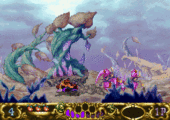
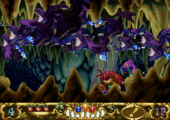
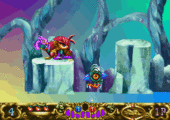
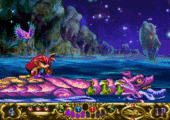
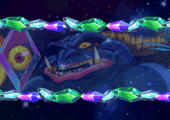
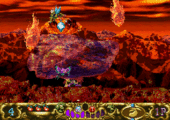
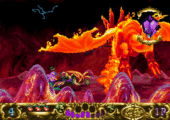
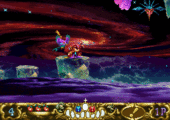
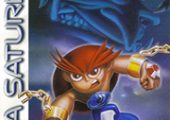
Recent Comments